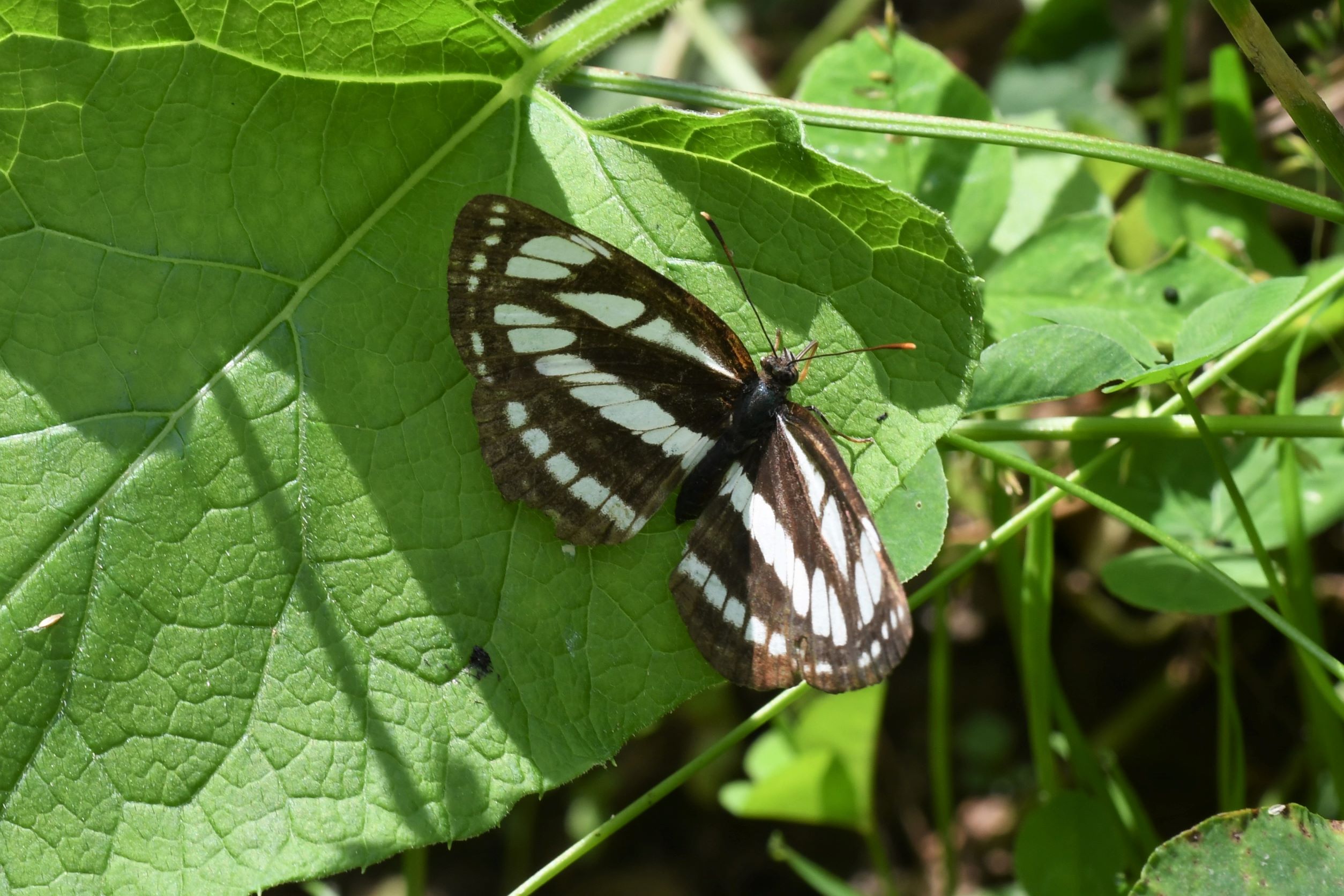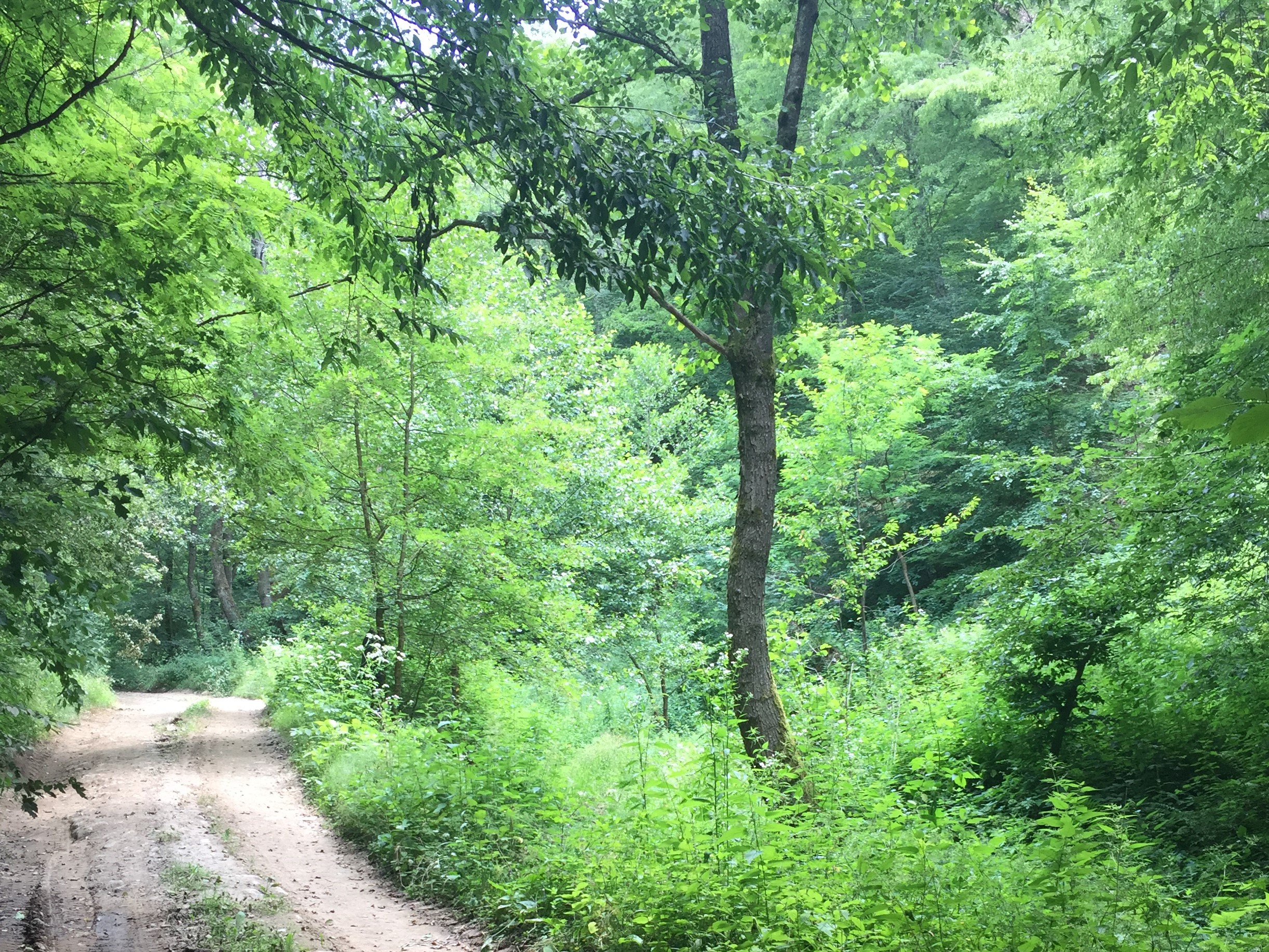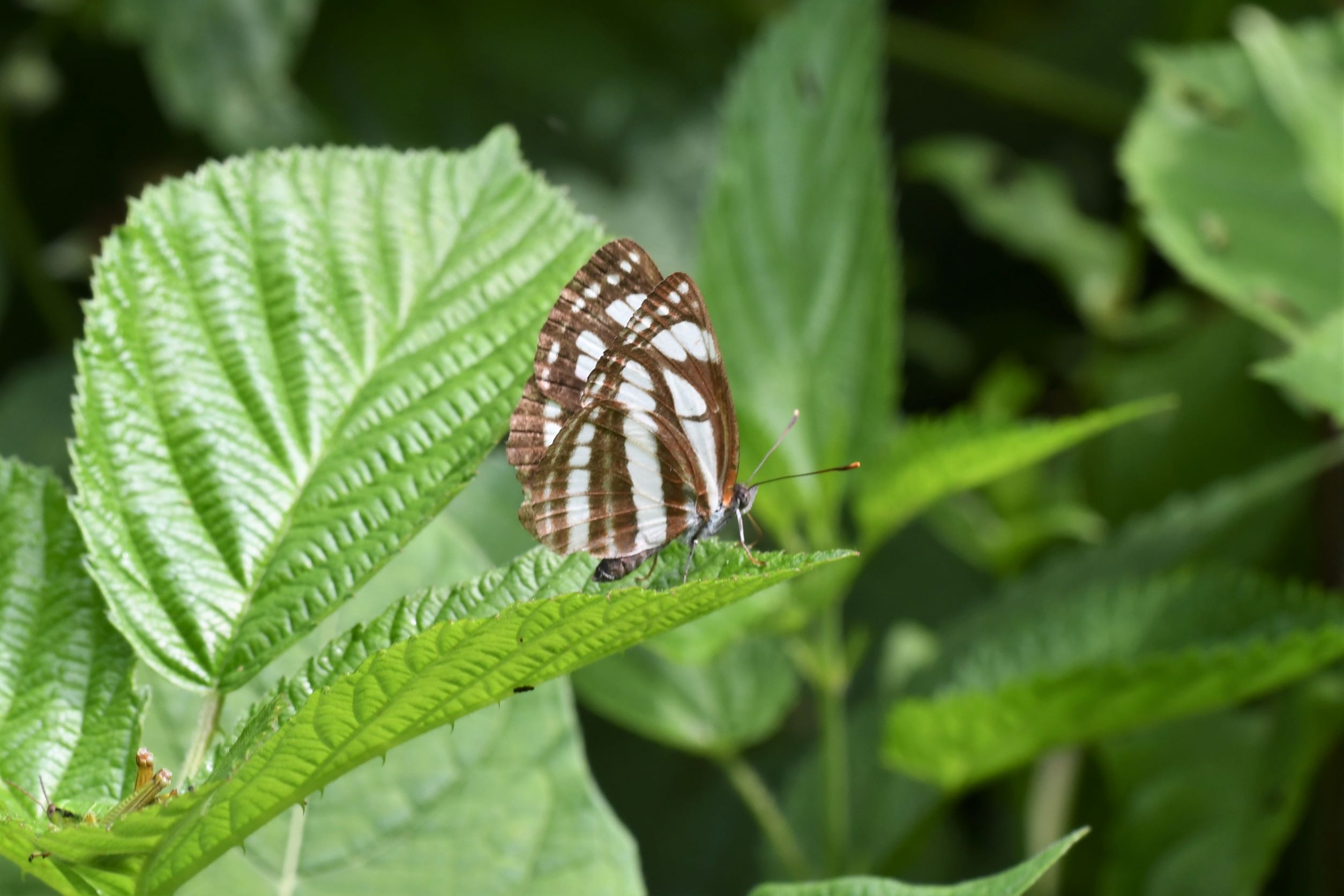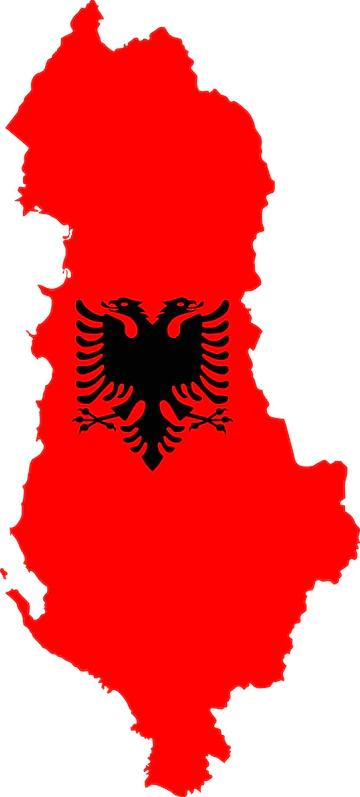|
Potentially present (PP)
Neptis sappho / Common Glider
Avioni i zakonshëm
Nymphalidae - Limenitidinae
Neptis sappho (Pallas, 1771). TL: Volga area.
 
 
1a. Neptis sappho, distribution map (09.i.2025).  Historical data ; Historical data ;  Additional data from the 2018 update ; Additional data from the 2018 update ;  New observations since the 2018 update. New observations since the 2018 update.
1b. Neptis sappho upperside. Romania (© Sylvain Cuvelier)
1c. Habitat of Neptis sappho. Romania (© Sylvain Cuvelier)
1d. Neptis sappho underside. Romania (© Sylvain Cuvelier)
Note
As far as known to us, there exists no historical observation of this species in Albania and it was not mentioned (Cuvelier et al. 2018) as a potential species for Albania.
In the open source website Observado (consulted on 18.ii.2022) one observation (url) was given from the North Albanian Alps, between Dragobi and Valbonë on 18.viii.2018. Unfortunately there was no photograph or comment available. This observation was changed to uncertain after Observado requested more information.
Neptis sappho is known from NMK (Abdija 2014, Krpač & Darcemont 2012) and there are recent observations (url1, url2), close to the Albanian border. The species has been found in the north of MNE (url1, url2, url3] and in southern RKS (Koren et al. 2021). In this area, N. sappho is at its southern distribution limit and seems local and uncommon.
The mentioned Albanian locality looks suitable and the observation date indicates a second generation butterfly. This date serves as an argument to exclude a potential N. rivularis, a DD taxon for Albania. We consider the species as potentially occurring in Albania.
It is included and a map is added in the Atlas, for the moment with a small dot (to be confirmed) to give focus to research on this species.
N. sappho produces at least two annual broods and can be found from early May to September in hot, damp woodland, rich in Lathyrus and in areas that are overgrown by invasive Robinia pseudoacacia.
Best chances to find it, are during the morning and late afternoon. At midday, they are usually found at higher levels up to the crowns of the trees and during hot days their activity is strongly reduced.
Description
♂♂
Medium size butterfly. Fw: 22-24 mm.
Ups: black gc.
Upf: clearly marked, narrow stripe in cell and conspicuous triangular mark beyond.
Uph: discal and postdiscal white bands.
Uns: cinnamon red gc with similar pattern.
♀♀
Slightly larger, markings similar.
Similar species
Life cycle
Adults: two or more generations, depending on altitude, from April to September.
Egg: short stage.
Caterpillar: overwintering as mature larva.
Pupa: short stage.
Habitat
Neptis sappho inhabits damp deciduous forests with open sunny areas or forest edges, sometimes near running water. A lowland species sometimes observed up to 1000 m a.s.l.
Spatial requirement modest, population density can be high.
Foodplants
Caterpillars feed on Lathyrus niger, L. vernus and often on introduced Robinia pseudoacacia.
Butterflies rarely seen feeding on low flowers, mudd-pudling.
Distribution
Albania: one unconfirmed record from the Northern Albanian Alps and at the southern limit of its distribution range in the Balkan peninsula.
Balkan: AL - BG - BIH - GR - HR - NMK - MNE - RKS - RO - SLO - SRB
Europe: IB - IT* - ALP - BAL - NWE - UK - SCA - EEU
Asia Minor, Near East, Transcaucasia, Caucasus and further east.
Conservation status
Neptis sappho is not endangered.
Albanian Red List: NA.
IUCN Red List, category at the Mediterranean level: NA.
Useful links
Pyrgus.de
Lepiforum
Euroleps
|
 xx
xx 


 Historical data ;
Historical data ;  Additional data from the 2018 update ;
Additional data from the 2018 update ;  New observations since the 2018 update.
New observations since the 2018 update.